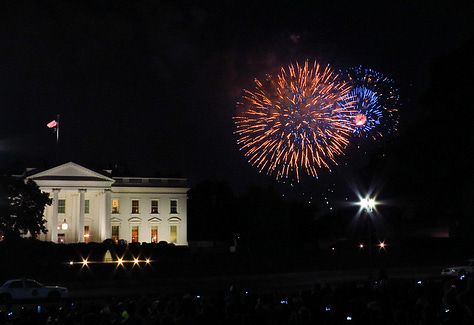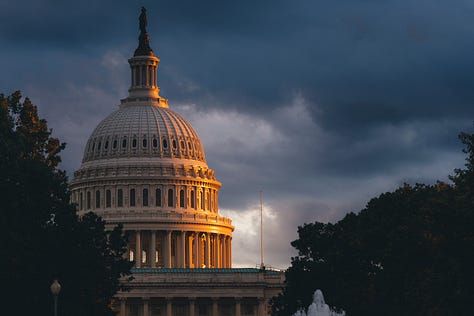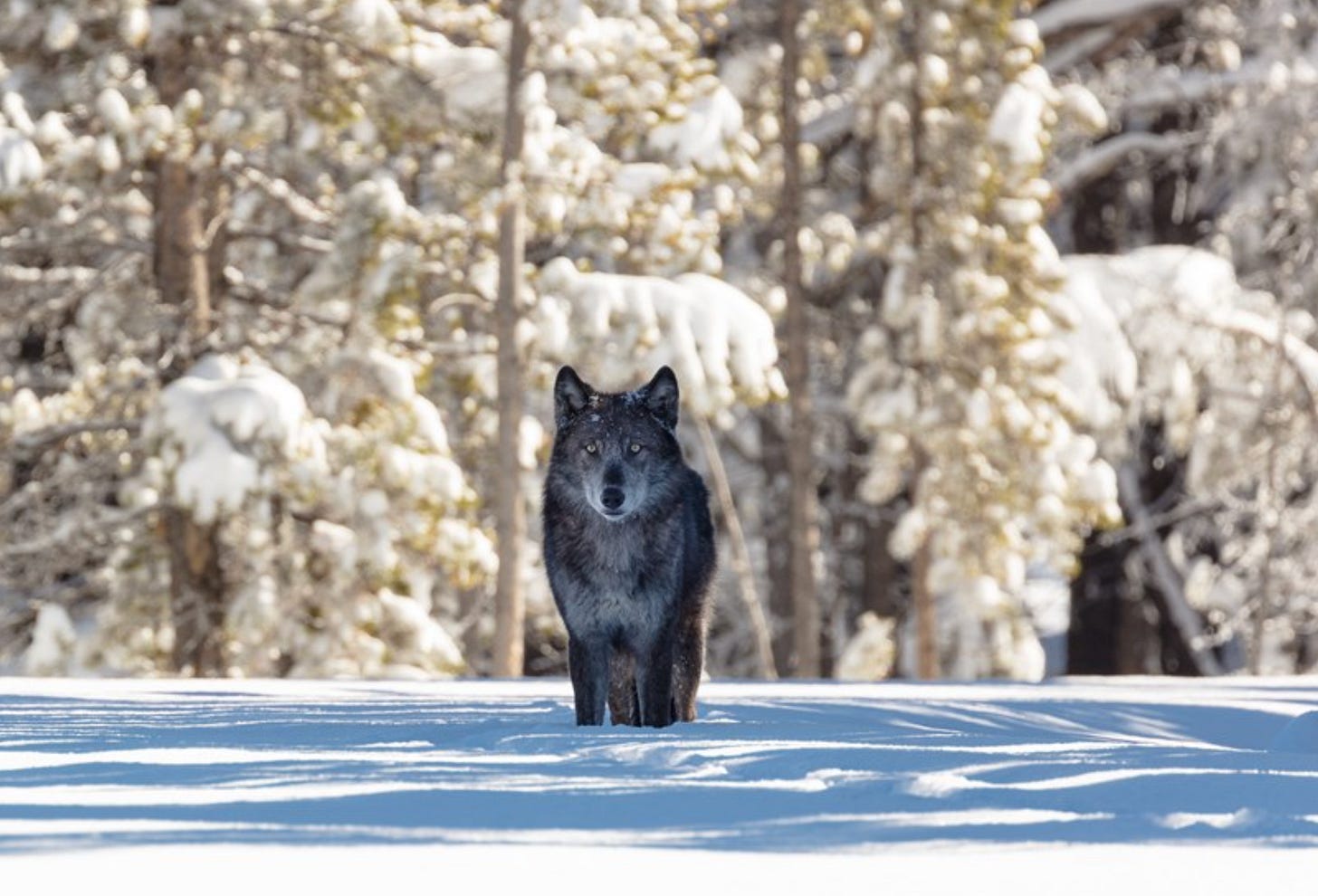Red, White & Blue Lights: Top stories this week
Don't miss a single story from the best of Callaway Climate Insights.






. . . . We have a special edition of Green Lights for this July 4th weekend. In honor of America’s 249th Independence Day, we are highlighting some of the greatest things the United States has done to protect the environment. Let’s remember to be hopeful and act on our instincts, and above all, to have a safe holiday weekend. Please subscribe.
. . . . It’s done. The Big, Beautiful Bill is headed to President Donald Trump’s desk for his signature. Bill Sternberg calls out six key takeaways from the new policy legislation, which will have enormous consequences for climate finance and efforts to combat global warming. Washington giveth, and Washington taketh away, he writes.
. . . . Elon Musk bets the Tesla farm on autonomous vehicles, but China is already well ahead of the U.S. market, David Callaway writes in his Zeus column this week. Autonomous vehicles are coming, like it or not. The winners in the new industry are going to be companies — automotive or high tech or both — which can develop the most sought-after technologies, but also which operate in the most vibrant economic markets supported by their governments.
. . . . As deadly heat domes hang over Europe and the east coast of the U.S. these days, we are going to realize that at some point, the demand for more electricity will become too great in the U.S. The shiny nuclear and carbon removal deals that the big tech companies have been flashing recently won’t be anywhere near ready to produce it, and the process of drilling for more oil and gas will reveal itself as impractical and unprofitable. This week, however, it’s all about tax cuts. The climate can wait. Or can it?

. . . . In 1872, Congress created Yellowstone National Park. The founding of Yellowstone sparked a global national park movement. Today more than 100 nations contain 1,200 national parks or equivalent preserves, according to the National Park Service. In the U.S., there are 63 national parks, plus more than 400 national park sites, including protected areas like national monuments, historic sites, and recreation areas.
. . . . A century after Yellowstone was protected came the “environmental decade.” In the 1970s, the U.S. passed landmark laws to protect our natural resources, plants, animals and people. Here are just a few:
National Environmental Policy Act (1970): Sometimes called the “Magna Carta” of environmental laws, NEPA requires federal agencies to assess the environmental effects of proposed major federal actions prior to making decisions.
Clean Air Act (1970): This law regulates air emissions, and has led to major decreases in air pollution, fewer premature deaths and greater economic benefits.
Clean Water Act (1972): This act established regulations for pollutant discharges into U.S. waters and setting water quality standards.
Endangered Species Act (1973): Considered one of the strongest environmental laws in the world, the Endangered Species Act provides a framework to conserve and protect endangered and threatened species and their habitats both domestically and abroad.
The ‘70s also saw the creation of the Resource Conservation and Recovery Act, the Comprehensive Environmental Response, Compensation, and Liability Act, the Safe Drinking Water Act, and the Environmental Protection Agency.





